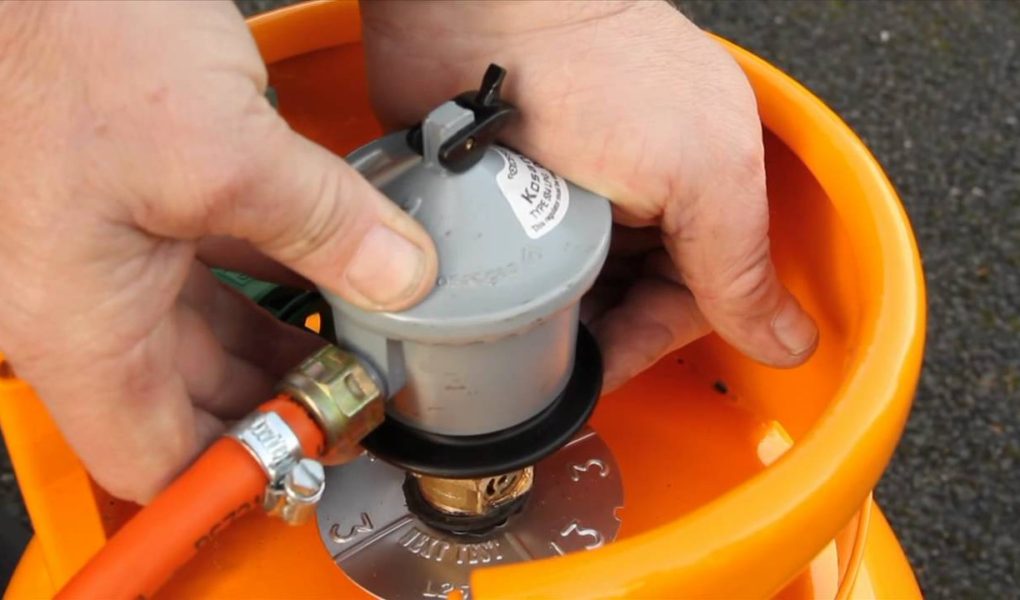Much like camping, caravanning has experienced an exponential resurgence in popularity over the last decade. Indeed, the fact that more and more people are choosing to remain in the UK for their holidays has led many people to realise just how enjoyable caravan holidays can be. Let’s face it; there aren’t many holidays around which enable tourists to take off anywhere they want at the drop of a hat!
Whilst there are a number of things newbie caravanners need to learn about, becoming familiar with LPG (liquefied petroleum gas) is perhaps the most important. After all, LPG allows holidaymakers to use cooking, heating and refrigeration facilities in their caravan in a truly convenient and flexible way.
Needless to say, there is one question which fledgling caravanners always ask about LPG and that is:
How much gas does a caravan need?
Gas Usage in a Caravan
The amount of gas a caravan needs depends on a number of different factors, such as the ambient temperature, the number of gas appliances in use, the power they are using and how long they are being used for. As a rough guide, most caravanners can expect to use somewhere between 0.8 and 1.5kg of gas per day (an average of 1.2kg per day is a good rule of thumb to use). Obviously, demand for gas will be less when the weather is nice (no gas needed for heating) and when electrical hook-up points are available (thereby enabling some heating, cooking and refrigeration to be powered by electricity).
The truth is though, most caravanners rarely bother to work all this out; they simply use the gas until it runs out; then they change the cylinder…
Changing Cylinders
Most caravanning virgins quickly conclude that there is an unwritten caravanning law which dictates gas cylinders have to run out at the most inconvenient times possible, such as in the middle of the night or when it is raining. Suffice to say, it can be very beneficial for caravanners to know when their gas is running low. Whilst some cylinders have a contents gauge or are translucent (so the contents can be seen), most steel cylinders do not have any means of revealing how full or empty they are. Fortunately, there are some after-market, low-level indicator devices available which can be of great help in this respect as they can provide users with a good indication of how much butane or propane gas they have left in the tank.
Caravanners who are keen to do things the old-fashioned can always weigh the cylinders on bathroom scales instead and then use a little bit of mathematics (total weight figure minus the actual weight) to work out a rough approximation of how full they are. Another option is to invest in a changeover valve as this will automatically change cylinders when more than one is available. Obviously, users will still need to monitor their use otherwise they will end up with two empty cylinders rather than just one!
About the author – Bo Heamyan blogs regularly about UK-based ‘staycations’ and has written extensively about the myriad delights of caravan holidays for various websites, including Calor.co.uk.



